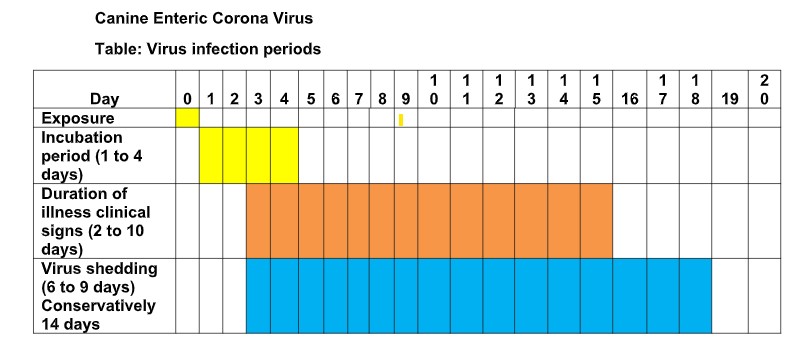Advisory on Canine Enteric Corona Virus
Advisory on Canine Enteric Corona Virus
Canine enteric corona virus was first suspected in greyhounds in the adoption program in June and was confirmed on 25th in two kennels in Christchurch that had Great Mates dogs as well as racing dogs. Both kennels were immediately quarantined and dogs banned from racing.Last Friday, dogs from another kennel were scratched due to diarrhoea and samples sent for testing for Corona Virus. The test takes 48 hours to run once samples arrive at the laboratory. In New Zealand, the only laboratory offering the test is IDEXX laboratories in Palmerston North.

Management
1. Infected Greyhounds should be isolated as much as possible within the kennel environment
2. Infected Greyhounds should not race
3. Do not bring infected Greyhounds to the course for veterinary checks, you should consult with your own vet.
4. Do not share feed bowls, water bowls, collars or leads
5. Any infected Greyhounds should be attended to last, i.e. once all non-infected Greyhounds have been exercised, etc
Reporting to GRNZ
Please report all cases to GRNZ by emailing [email protected] so that we can map the spread and conclusion of the outbreak.
GRNZ wants to be able to resume racing as soon as we know it is clear to do so.
Biosecurity
Dogs may be safely washed in Halamid solution. Instructions should been given to spray all kennels and runs and all gravel surfaces where dogs may walk and to wash all dogs on the property in Halamid solution.
The Recommendations:
Greyhounds be fed and watered first before the domestic dogs. Either separate boots and clothing (such as overalls) must be worn when dealing with greyhounds; or gumboots that can be thoroughly cleaned and sprayed with Halamid between dealing with greyhounds and other kennels.
Hands should also be disinfected with Halamid solution when moving between blocks.
There should be no shared equipment between groups of dogs. All feed and water bowls to be kept strictly separate and rinsed with Halamid.
No dogs should be moved from the property during the isolation period, unless it is for urgent veterinary attention. Ring your vet first to get their permission to take an infected dog to their clinic.
The recommended best practice isolation period is one incubation period plus a safety margin of 50%.
More about the virus
- usually mild, highly contagious, self-limiting
- subclinical disease / shedding possible
- severe disease more commonly occurs through secondary concurrent
- infection with other viruses or bacteria
Risk Factors:
- Young dogs, high density housing and contact with other dogs, stress
- Incubation period: 1-4 days
- Duration illness: 2-10 days, note that infection is usually afebrile
- Shedding: 6-9 days, even after clinical signs have ceased. Some may shed for longer periods (months) but the majority should have ceased shedding 10 days, or more conservatively 14 days after showing clinical signs.
- Therefore recommendation is to isolate affected greyhounds for 10 days after clinical signs disappear
- Spread by faecal-oral transmission
- Dogs that recover are immune to infection, but the duration of immunity not known


